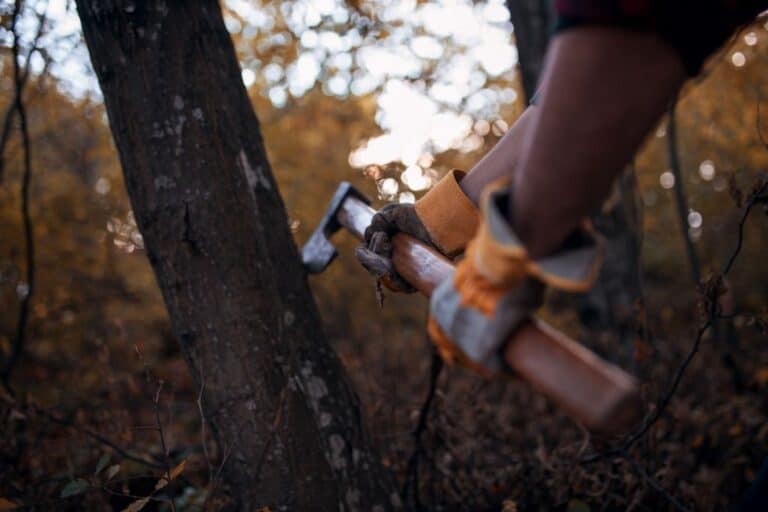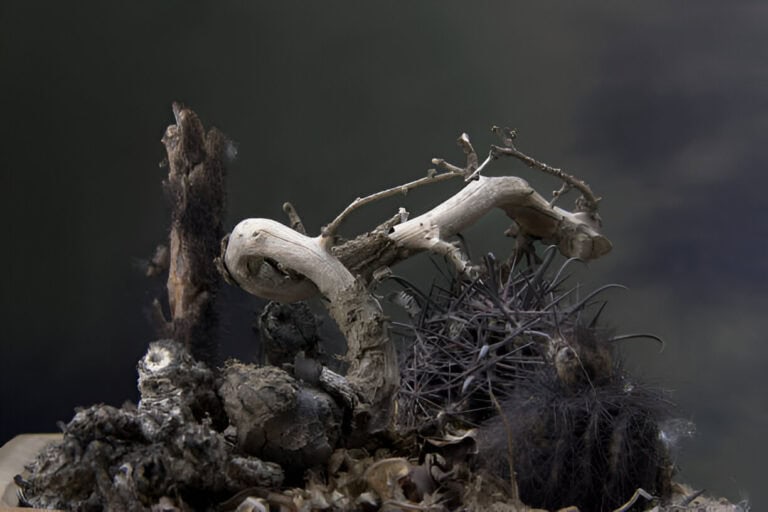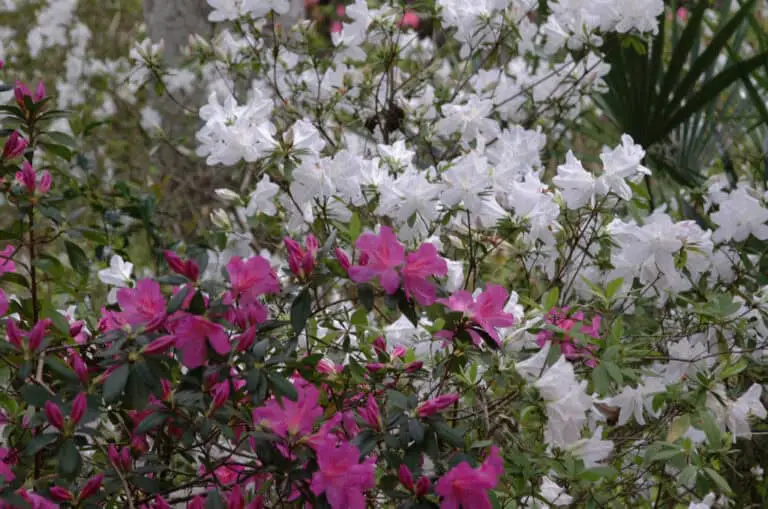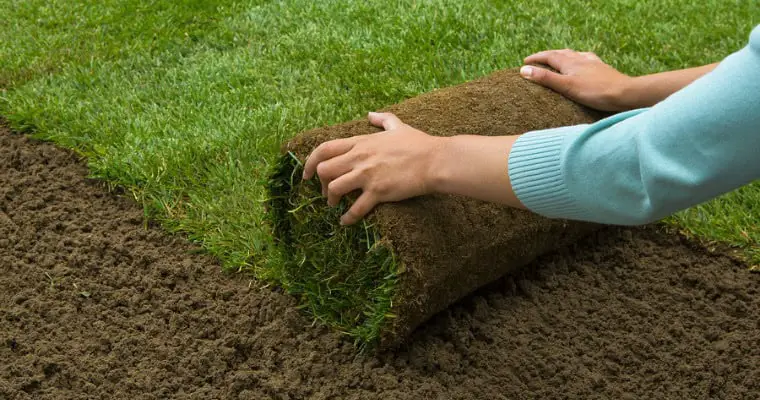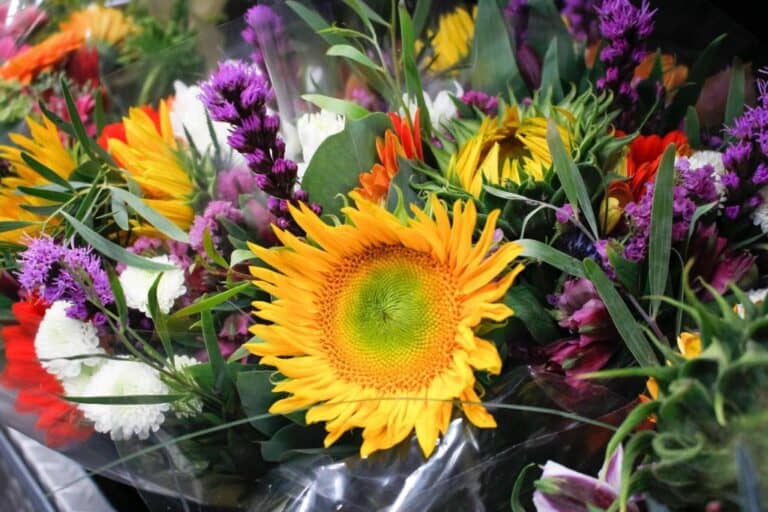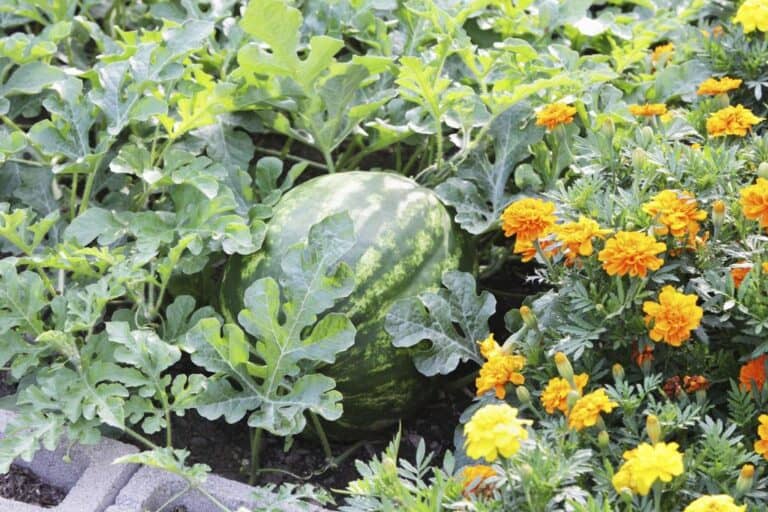Anemone ‘Harmony Double Mix’: Plant Care and Growing Guide

The Harmony Double Mix Anemone, otherwise known as the Anemone ‘Harmony Double Mix’ or Poppy Anemone ‘Blue Poppy’, Spanish Marigold ‘Blue Poppy’, Windflower ‘Blue Poppy’, Crown Windflower ‘Blue Poppy’, Anemone coronaria De Caen, is a rather well known bulb plant by gardening enthusiasts around the world.
Best known for its low maintenance and moderate growth, this bulb will likely liven up your house (or garden) with its green-colored leaves. However, it will thrive only if you learn how to take proper care of it.
This is why all the topics you need to know to achieve this will be covered in this Harmony Double Mix Anemone Care Guide. Ready? Let’s go!
Anemone ‘Harmony Double Mix Stunning Color Palette
The Anemone ‘Harmony Double Mix’ brings a stunning splash of color to any garden bed or container. This mix bursts with shades ranging from deep magenta and soft pink to pure white, each bloom showing off layers of ruffled petals that catch the light beautifully.
These vibrant hues pair effortlessly with other spring favorites. Try planting them near tulips or daffodils—this contrast makes the colors pop and creates a lively display. Some gardeners even mix them with evergreen shrubs for year-round interest.
| Color | Complements |
| Magenta | Yellow Daffodils |
| Pink | White Tulips |
| White | Dark Green Shrubs |
As the seasons shift, the blooms might surprise you. Cooler weather deepens the colors slightly, giving your beds a fresh look each spring. Such versatility makes the ‘Harmony Double Mix’ a reliable showstopper, year after year.
Unique Characteristics

The Anemone ‘Harmony Double Mix’ stands out for its unique double blooms, which look like layers of delicate petals stacked together. This feature gives each flower a lush, almost rose-like appearance that adds texture and depth to garden beds or containers.
Gardeners love this variety not just for its looks but also for its resilience. These anemones adapt well to different soil types and can handle light shade or full sun with ease. They’re tough enough to thrive with minimal fuss.
| Feature | Benefit |
| Double Blooms | Rich, full look |
| Hardy Nature | Low maintenance |
| Versatile Light Needs | Flexible planting |
You can expect blooms to appear in early spring and keep their charm for weeks. The long-lasting flowers make the ‘Harmony Double Mix’ a favorite for gardeners who crave extended color and reliable beauty season after season.
Anemone ‘Harmony Double Mix’s Scientific / Botanical Aspects
In botanical terms, the Harmony Double Mix Anemone belongs to the Ranunculaceae family, the genus Anemone and the species Coronaria, hence its scientific (or botanical) name Anemone ‘Harmony Double Mix’ (uh-NEM-oh-nee).
As with other Anemone’s, the Harmony Double Mix Anemone is a herbaceous plant, which means it will die back to the ground every year.
Growing Region
The Harmony Double Mix Anemone is a plant native to the Mediterranean to Caucasus.
Knowing your plant’s native region is very useful, as it can give you tips on which environment is best for your Harmony Double Mix Anemone. If you keep it in mind, you can try to replicate these conditions at home, and you’ll likely end with a healthier plant.
With this in mind, the Anemone ‘Harmony Double Mix’ will be most used to the heat zones in the 3 – 12 region, as the plant hardiness level falls between 7b, 7a, 8b, 8a, 9b, 9a, 10b, 10a and the ideal climate zone is between 4, 5, 6, 7, 8, 9, 10, 11, 12, 13, 14, 15, 16, 17, 18, 19, 20, 21, 22, 23, 24.
Growth and Size
Growth
In terms of size and growth, the Harmony Double Mix Anemone is a relatively moderate grower, which makes things somewhat easy for any plant enthusiast.
Size
But what exactly does this mean for your Harmony Double Mix Anemone? How large a pot should you consider, how tall, how wide can it get? Let’s jump in…
The Anemone ‘Harmony Double Mix’ can grow up to 8″ – 10″ (20cm – 25cm) in 8″ – 10″ (20cm – 25cm) and 6″ – 9″ (15cm – 22cm) in 6″ – 9″ (15cm – 22cm).
These dimensions indicate that the Harmony Double Mix Anemone is relatively small compared to other bulbs, so it’s important to consider this when deciding where to place it in your home.
Also, expect it to grow in a wonderful mounding, compact, and upright shape, which is something worthwhile to remember when making your garden landscape plans.
This is why experts recommend keeping an area of approximately 3″ (7cm) free so the Harmony Double Mix Anemone can spread to its best extent.
Basic Care Guidelines
The basic care guidelines you need to remember for your Harmony Double Mix Anemone are the following:
- Water: The Harmony Double Mix Anemone prefers watering often but allow the top 3″ to dry. It is drought resistant once established.
- Light: Keep your Anemone ‘Harmony Double Mix’ in an environment where it can receive partial to full sun on a daily basis.
- Soil: Make sure to keep the Harmony Double Mix Anemone in soil with well-draining properties, so ideally, one that is made of sand and loam.
That’s it – sunlight, water and soil! The basic 3 fundamentals for all plant care, and with the Harmony Double Mix Anemone this is no exception. With these three elements, your leafy friend will live healthy and happy.
Water
In terms of watering, the Harmony Double Mix Anemone is a fairly complicated plant to take care of.
This is mostly because it has a not-so-straightforward watering schedule and somewhat regular watering needs.
Specifically, most experts agree that the Anemone ‘Harmony Double Mix’ prefers watering often but allow the top 3″ to dry. It is drought resistant once established.
Which is why it is considered a plant with relatively average needs in terms of water.
Watering
Keep your Harmony Double Mix Anemone in well-draining soil to ensure optimal growth and thriving conditions.
When you consider this, this is why you should aim to choose soil that has good drainage, and moist properties to keep the right moisture levels at all times.
In our experience, the famous ‘thumb’ or ‘finger’ test is what works best for the Harmony Double Mix Anemone since with it, you will be able to give it the right amount of water, every time – regardless of the environment or placement where you do decide to keep it.
Soil Mix
As mentioned earlier, the Harmony Double Mix Anemone prefers to have soil with good drainage, and moist properties at all times, reason why you need to make the soil mix out of sand and loam.
Therefore, most experts agree that the Harmony Double Mix Anemone requires soil containing high organic matter, loam (silt), and sand to provide the right conditions it needs.
In addition to this, expert gardeners recommend having preferably alkaline, acid or neutral soil.
Light and Exposure
In terms of light & exposure, the Harmony Double Mix Anemone requires partial to full sun in order for it to thrive under the right conditions.
Most experts agree that this bulb will thrive in full sun.
Specifically, we recommend that you place your Anemone ‘Harmony Double Mix’ in little to partial shade (only 2-6 hours of direct sunlight a day), to full and direct sun (more 6 hours of direct sunlight per day).
Season
Being a herbaceous plant, the Harmony Double Mix Anemone will die back to the ground every year.
But, you can expect it to have its ‘prime time’ during the spring (mid, late).
Flowers
You can expect your Harmony Double Mix Anemone to flower around the spring, summer, fall, and winter months from April to June (spring), from July to September (summer), from October to December (fall), and from January to March (winter).
In particular, this bulb is well known for its repeat flowering, flowers for cutting and showy flowers around the plant enthusiast community.
The Harmony Double Mix Anemone produces some beautiful multicolored, or green, black-red/burgundy, gold/yellow, purple/lavender, and white flowers around this time of year.
| Read: Honorine Jobert Japanese Anemone: Plant Care and Growing Guide |
Foliage
The leaves from the Harmony Double Mix Anemone have a beautiful green color during most of the year.
In particular, they have an alternate and whorled organization in its leaves.
Attracts, Tolerance and Resistance
The Harmony Double Mix Anemone is a favorite for gardeners who want beauty without constant worry. This cheerful bloomer stands up well to visits from rabbits and deer, so you won’t have to fret if wildlife wanders through your yard.
Its natural resistance means you can spend less time protecting your beds and more time enjoying their vivid colors. These hardy plants are tough enough to thrive with minimal fuss once established.
| Animal | Tolerance Level |
| Rabbits | High |
| Deer | High |
| Common Pests | Low Risk |
Along with being resilient, this anemone doesn’t easily fall victim to common garden pests, making it a reliable choice. If you’re hoping for a fuss-free plant that stays gorgeous season after season, the ‘Harmony Double Mix’ is sure to brighten your garden without inviting extra trouble.
Garden
How should you then organize your garden to include your new Harmony Double Mix Anemone? Here are some recommendations by expert gardeners.
Most Anemone ‘Harmony Double Mix’ owners agree that this bulb will look great in most Mediterranean, cottage, and rustic gardens of all types.
Other owners consider that they complement well most gardens of gravel and rock garden, mediterranean garden, cutting garden, informal and cottage, and in traditional garden styles.
In particular, the Harmony Double Mix Anemone’s best location within your garden is in beds and borders, and in patio and containers, others use it for landscaping in a edging, rock garden, accent, cutting garden, raised bed, mass planting, container, border, or a small spaces.
Companion Plants
Harmony Double Mix Anemone’s do well with some other plants beside them. One good companion plant is the Primula, which will pair up nicely with your leafy friend.
Others consider that a nice Papaver will work well too, so choose whichever you find works best for you!
Conclusion
So that’s it! These are the main plant care requirements that you need to keep in mind in order to have a healthy Harmony Double Mix Anemone in your garden or home.

